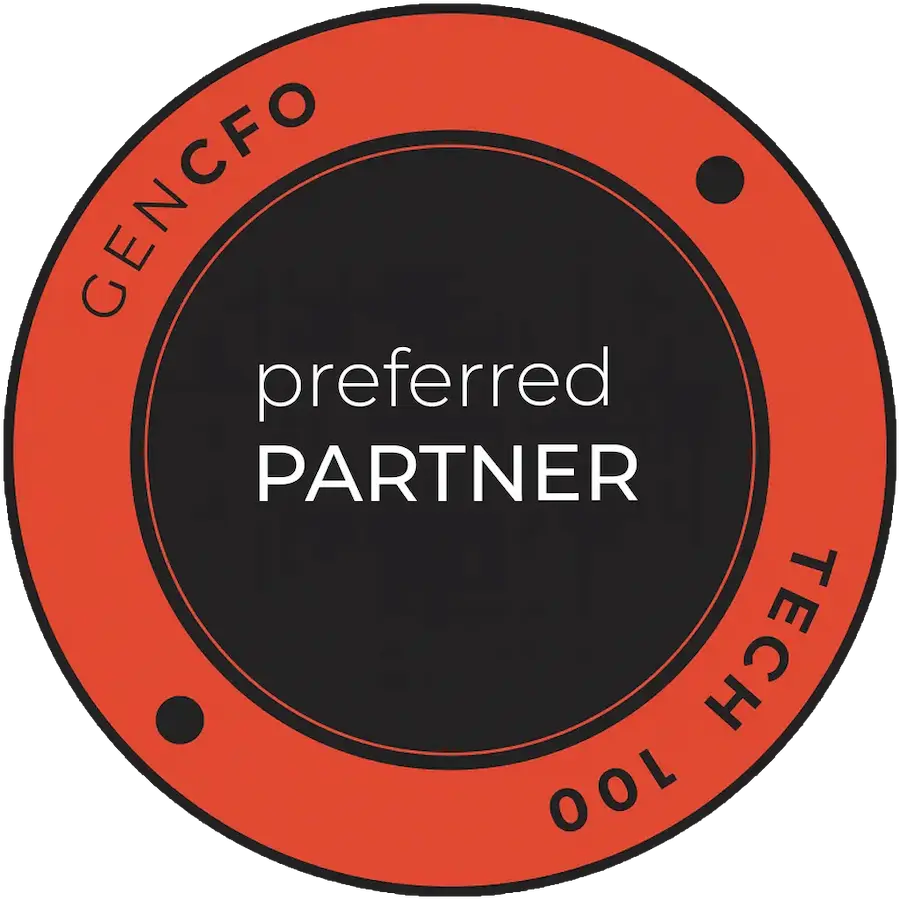Anaplan's Close and Consolidation Application is tailored for job roles including CFO’s, CAO’s, Financial Controllers, Senior Accounting job titles and Heads of Consolidation or Finance Systems. The solution is best used to solve complex problems at enterprise organizations, with at least $750MM in annual revenue.

Languages supported
English | Other
Company size
Mid-Market | Enterprise
CompanyBio
Revolutionise the financial close and consolidation process with a next-gen, pure-cloud solution.
Navigating regular financial close and consolidation complexities can be frustrating and exhausting for your accounting teams. Anaplan transforms and simplifies the process, offering a streamlined approach that improves output and effectiveness at the end of each accounting period.
KeyFeatures
Corporate Performance Management
Budgeting/Forecasting/Planning/Modelling
Reporting
Who uses us?What does your product integrate with?Success stories Additional details
Close early and give your accounting teams more time and greater control of the process.
Leading ERPs, GLs, and operational systems across various subsidiaries and geographic divisions.
Additional details
Implementation options
In House, With Software Vendor, With Consulting Partner
Sector experience
Technology, Financial Services, Oil / Gas / Mining, Pharmaceuticals and Healthcare, Manufacturing, Retail, Automotive, Transport / Logistics, Energy / Utilities / Waste Management, Media / Publishing
Support
Email/Help Desk, FAQs/Knowledge Base, Chat
FAQs
Are you revolutionising the CFO's world?
We want to hear from all CFO Tech organisations who are leading the way in accounting and finance, from consultancies to technology vendors.
Register your interest now!

